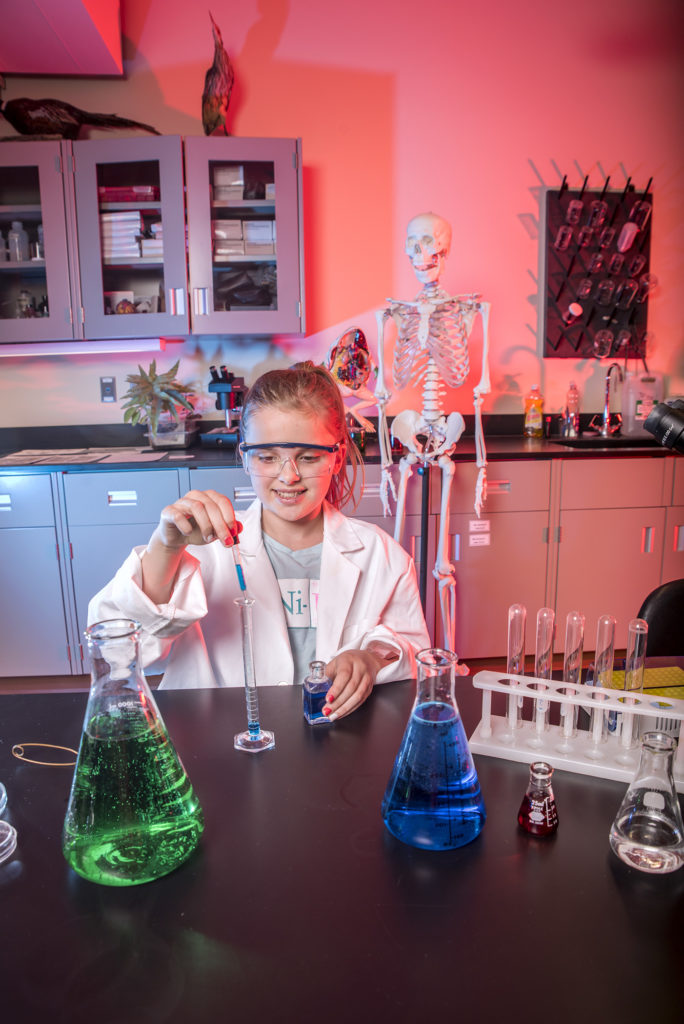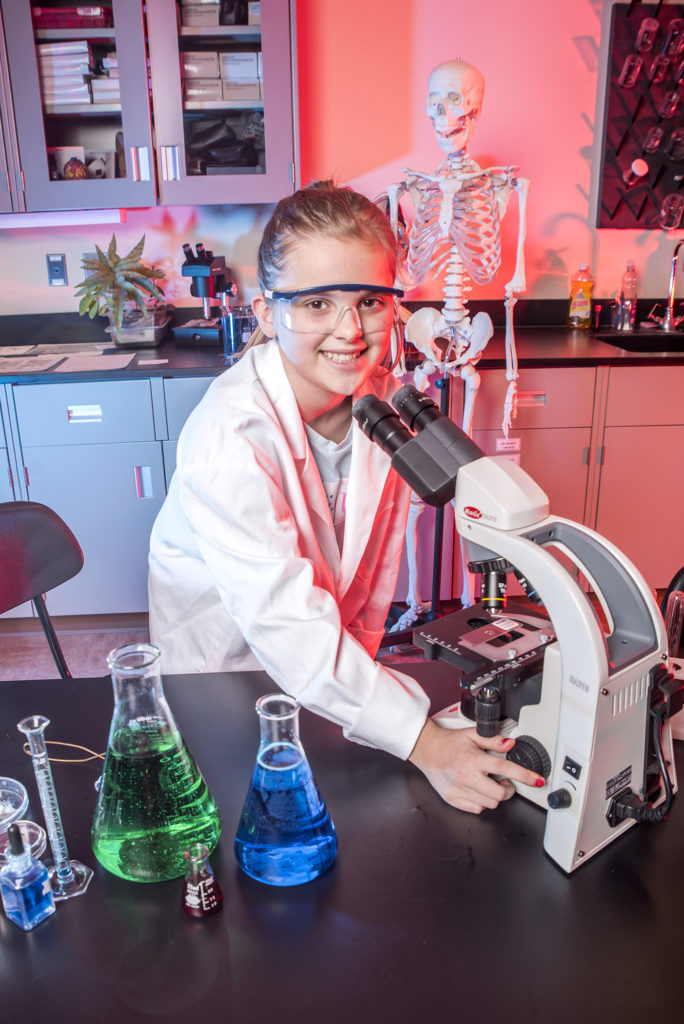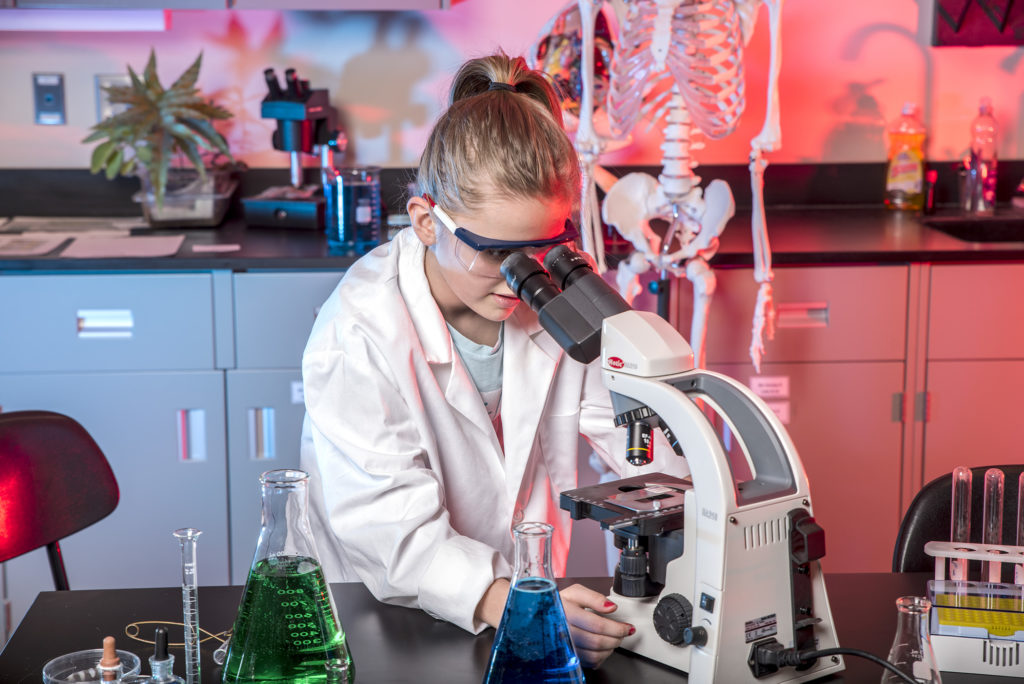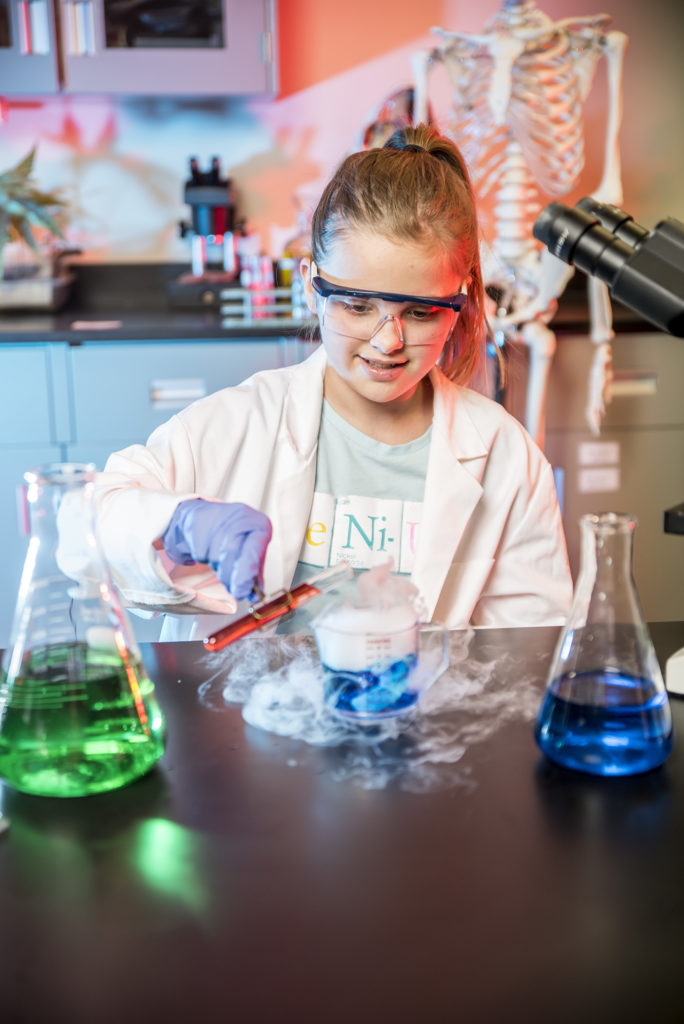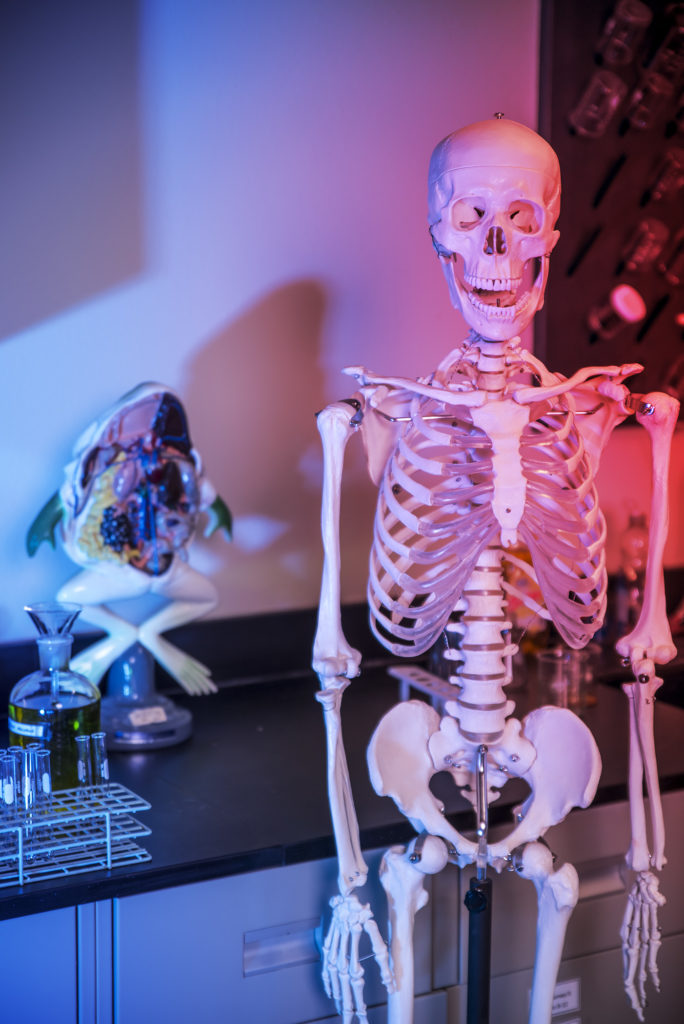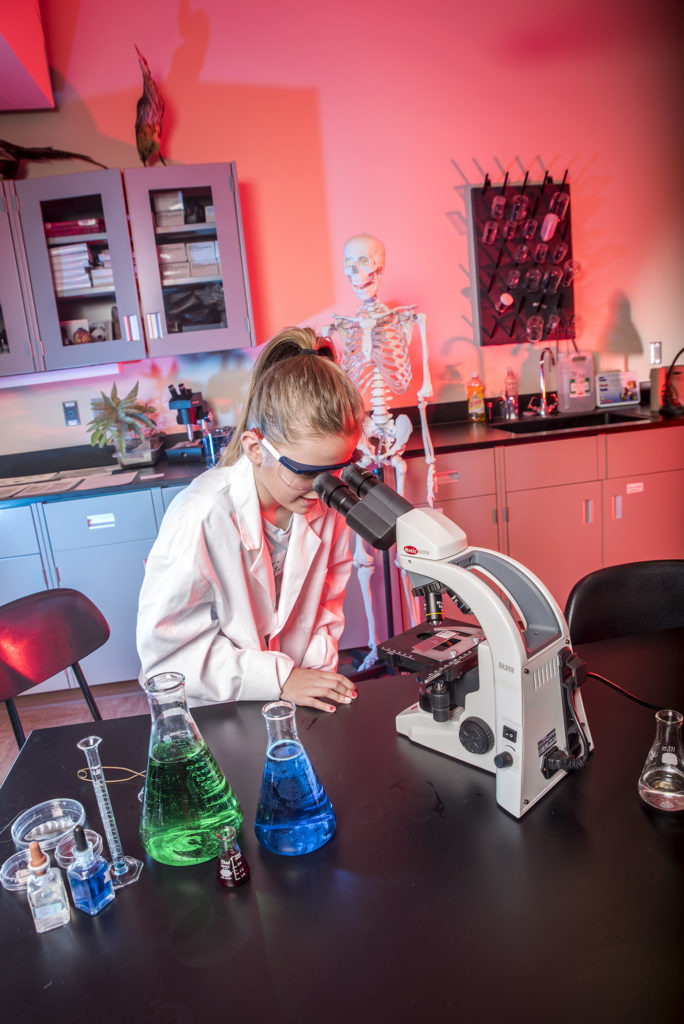It is no secret that women are grossly underrepresented in STEM (Science, Technology, Engineering, and Mathematics) fields. The proportion of women pursuing science degrees in some fields like computer science has actually decreased since the 1980s by 20 percent.
According to a study from Florida Gulf Coast University and the University of Colorado at Boulder, two thirds of elementary girls were interested in science, the same number as boys. In middle school, the number diverges, and is distinctly different by high school. The report added, “many girls who take advanced science courses in middle school do not continue to study science in high school.”
Women, educators, and parents in the Black Hills are working to change that for the next generation of girls!
Lisa Carlson is the director of WiSE (Women in Science and Engineering) at the South Dakota School of Mines & Technology. WiSE helps female students succeed by hosting STEMinist study halls, social and networking events, industry and alumni talks from women in science, and coffee talks about topics in academia. In addition, WiSE provides outreach to young girls interested in STEM subjects in the Black Hills, including summer camps, co-sponsoring the annual Women in Science Conference, student panel sessions, and other outreach events.
“Even though girls are just as adept as boys in science and math, there are too few role models in those fields for girls to look up to,” explained Lisa. “The problem is systemic: too few women in leadership positions, pictured in movies, and in the STEM pipeline to eventually become those role models. Too few STEM faculty members and teachers who are women, and less girls that go into those fields means less opportunity for those girls to become women role models. Girls begin to lose the most interest in middle school, when social pressure becomes high.”
So what can parents and teachers do to help keep young girls interested in STEM? Encourage them to play with educational toys like legos and science kits, go to science-themed summer camps and programs, and show girls young STEM role models such as teenage mathematician Priyanshi Somani.
“Encourage your daughters to explore, and help to shatter gender stereotypes by encouraging creative play. Don’t let them be afraid to get dirty. Don’t discourage watching traditionally “male” programming on PBS and other educational television shows. Encourage play with toys like Goldiblocks, 3 Doodler pens, Legos, and science kits,” said Lisa. “Things like that will help kids connect everyday situations to science and engineering and will also help girls think about ways to help change the world through STEM fields.”
Carrie Robley is the Director of Rapid City’s chapter of Girls Inc, a program dedicated to help build up local girls from ages six to 17 to become more responsible and confident through numerous recreational activities. STEM activities for the girls are woven into day-to-day operations.
“Our girls love to build things, so we make sure that our classrooms and playground have plenty of materials for them to use creatively. We also implement weekly hands-on Operation SMART (Science, Math and Relevant Technology) classroom sessions, and the girls have access to guided activities in our Computer Lab,” explained Carrie.
Carrie believes there are many factors leading to the lack of women in STEM such as: lack of exposure when they are young, gender stereotypes, self-doubt and a lack of confidence in mathematical abilities, lack of encouragement, and not many female role models in STEM.
“Assume girls are interested in STEM. Too many girls still get the message that math and science aren’t for them. Let girls learn to embrace their intellectual curiosity and trust their own judgment. Help them get past the ‘yuck’ factor. Girls who are afraid of getting dirty aren’t born that way—they’re made. Girls should learn that they have a right to be themselves, pursue what interests them, and resist gender stereotypes,” said Carrie. “The more exposure girls have to STEM opportunities and experiences the better. This will help spark that interest and confidence when it comes time to start making decisions about their future goals.”
Words by Kelsey Sinclair
Photos by Jesse Brown Nelson


